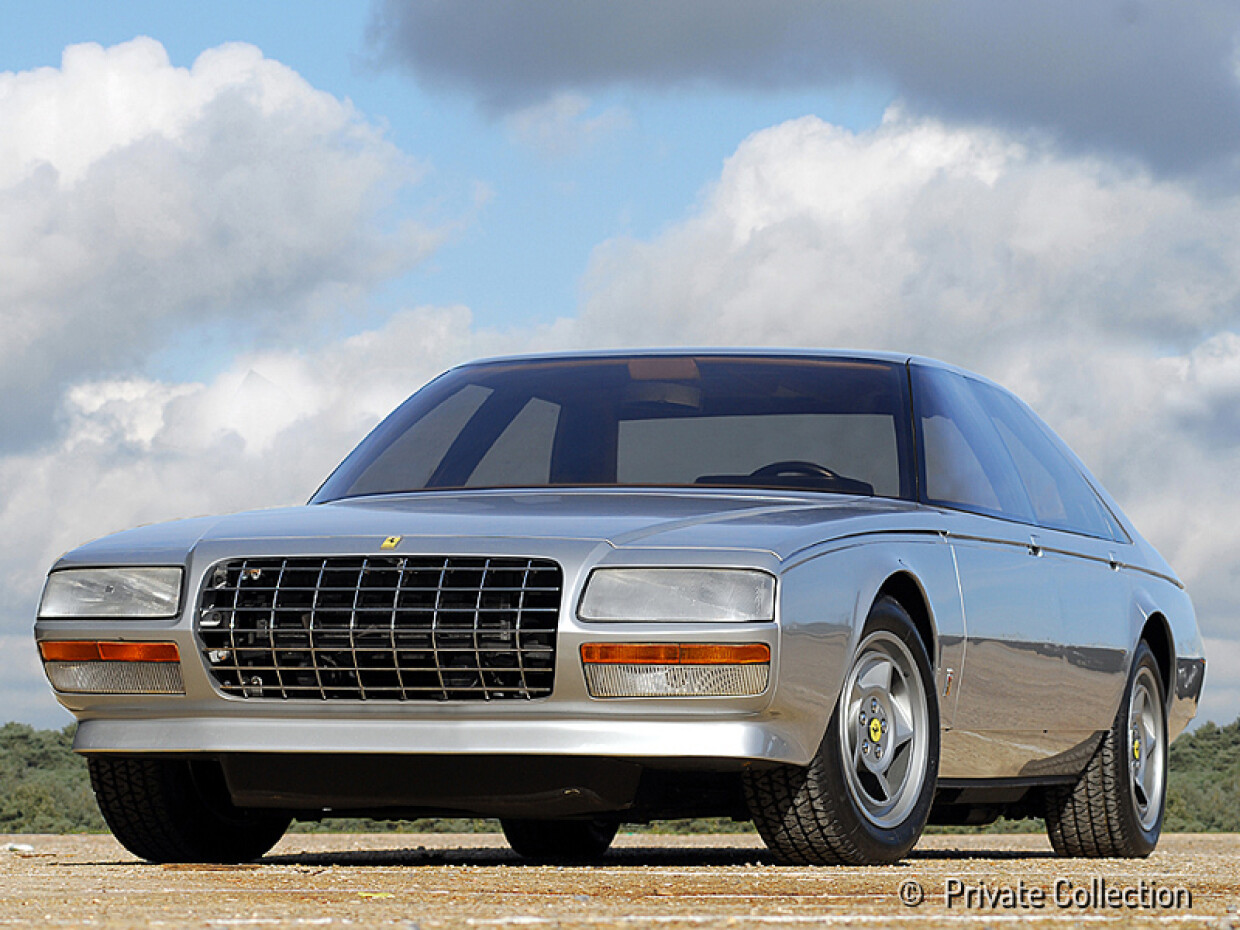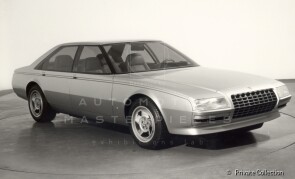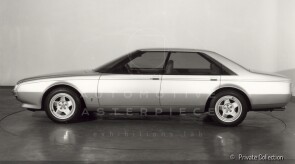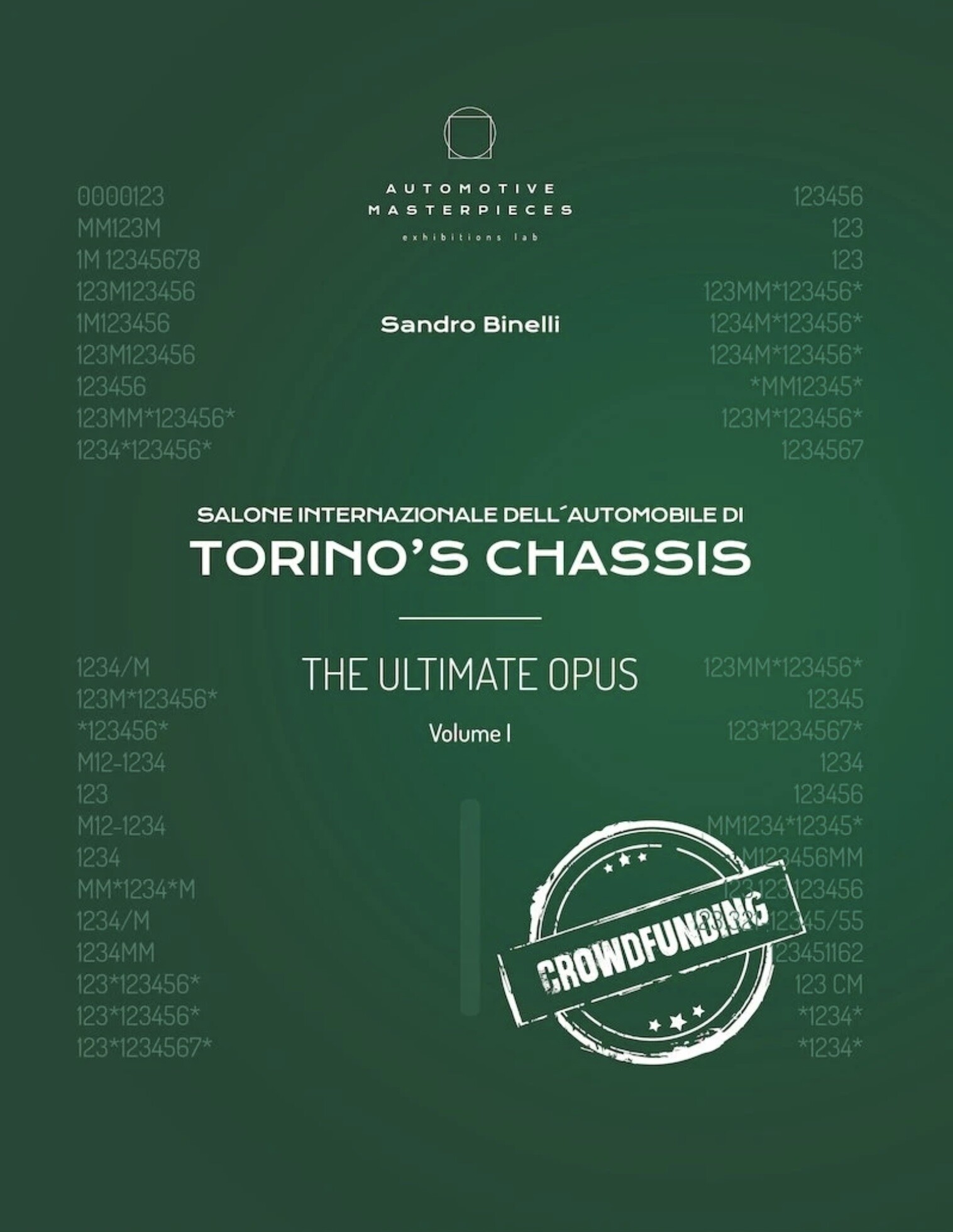
1980 Ferrari Pinin
ON/OFF
Why am I an Automotive Masterpiece?
The Ferrari 400 is a 2+2 sports car designed by Pininfarina and produced by Ferrari from 1976 to 1985 and launched to replace the Ferrari 365 GT4 2+2 of which it retained the bodywork and layout of the mechanical parts. It was presented for the first time at the Paris motor show in 1976. The Ferrari 400 has a particularity: it was the first model in the history of Ferrari to feature an automatic gearbox as standard while, as an alternative, the automatic gearbox was manual. From 1976 to 1978 the Ferrari 400s were called "Automatic" and "GT" and the models were equipped with 6 double body Weber carburettors while from 1979 and until the end of production the Bosch K-Jetronic mechanical injection was adopted and the "i " in the denomination.
The Ferrari Berlinetta Boxer, also called Ferrari BB, is a sports car, with a 2-seater coupé body and rear-mid engine and rear-wheel drive. After the presentation at the Turin motor show in 1971, it was produced by the Italian car manufacturer Ferrari from 1973 to 1984 in 3 versions and was the top model of the house in its production period. In a July 2018 interview, the designer Leonardo Fioravanti confirms that the abbreviation BB indicates the initials of Brigitte Bardot, initially used as the name of the project and then remained as the initials of the model. The oil crisis that exploded at the end of 1973 brought with it many changes of custom. Even Ferrari, which had the main destination of its products in the US market, had to adapt, presenting the new model at the Paris motor show in 1976. The 365 GT/4 BB gave way to the BB 512; evolution of the previous model, is very similar if not almost identical in aesthetics and mechanical setting. The changes were introduced not only to reduce emissions, but also to make power delivery and general driving characteristics smoother.
The prototype. It was named “Pinin” to homage the founder Battista “Pinin” Farina, conceived in 1980 to celebrate the 50th anniversary of the Carrozzeria Pininfarina and its special relation with Enzo Ferrari. The “show car” was exhibited at the 1980 Turin Motor Show, built over a Ferrari 400 five centimeter longer wheelbase, the futuristic design was by Diego Ottina under the direction of Leonardo Fioravanti. The critic was exceptionally positive thanks to its very innovative styling, characterized by an impressive grille, new generation headlights and the design of the windshield and lateral windows, which gave the impression of a single piece of glass wrapping all the way round the car; a high priority was given also to the design of the interiors, with new generation gauges and a lot of room for the passengers. After having been exhibited in other Shows, sadly Enzo Ferrari decided not to enter into a new niche of market and the concept remained as a static show car in the Carrozzeria Pininfarina Collection exhibition. In the mid Nineties it has been purchased by Jacques Swaters, the Belgian Ferrari importer, and an avid collector of all the Prancing Horses memorabilia and literature. In 2008 the prototype has been purchased by the actual owner who entrusted Oral Engineering and ing. Mauro Forghieri to make it run, using a flat Ferrari 512 engine in the bonnet and 400GT gearbox-differential. The car has been recently shown in the Ferrari Museum in Maranello near the reconstruction of the studio and the wax figure of legendary Enzo himself.





